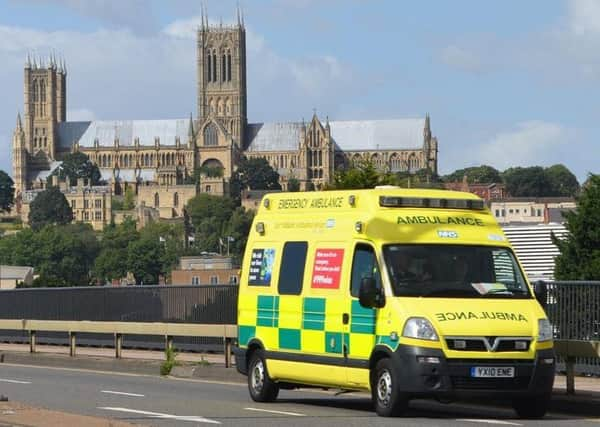Local Democracy Weekly: Looking beyond the blue lights as ambulances tackle targets


East Midlands Ambulance Service NHS Trust currently runs the ambulances in Lincolnshire, serving hospitals across the region.
Whenever we call 999 in an emergency, we expect a compassionate but quick service and for most of us that is what we get.
Advertisement
Advertisement
But the figures from EMAS tell a different story: a trust that is pushing to meet national response times and is grappling with handover delays at emergency departments.
For bosses at the service, they recognise that targets are not being met despite an improvement in the past 12 months.
The trust used £9 million of extra funding to bring in extra staff and improve response times.
Yet, the organisation is still struggling with the ongoing problem of handover delays which it describes as a “significant challenge”.
Advertisement
Advertisement
The issue is made worse by the pressures and overcrowding in United Lincolnshire Hospitals Trust’s A&E units.
EMAS chief executive Richard Henderson wrote to ULHT to raise concerns over the problem, though he accepted the issue was not unique to hospitals in Lincolnshire.
But Mr Henderson added that it was “still unacceptable” for patients to be treated in the back of ambulances while waiting to be transferred to A&E.
ULHT said it has improved its patient transfer process, but handover times were still double the national standard last year.
Advertisement
Advertisement
The problem shows how local healthcare is linked and how each service performance can impact on another.
If emergency departments are struggling, then the chances are that it will show in handover delays for the ambulance trust.
Despite this, EMAS continues to tackle its targets and has improved since last March.
Perhaps when we see headlines about response times and handovers, we should look again
Calvin Robinson , Local Democracy Reporting Service